| OAK | RUBBERWOOD | |
|---|---|---|
| Source | North America, Europe, and parts of Asia | Southeast Asia |
| Hardness | heavily dense ★★★★★ |
Lighter use ★★★★☆ |
| Durability | Long-lasting and able to withstand daily use | Strong but requires extra treatments to extend its lifespan. |
| Workability | Hard to work with, careful carving and exact sanding are needed | Suit for simper furniture designs |
| Price |
|
|
| Craftsmanship | Large solid wood panels |
Finger joint boards
|
| Purpose | For heavy usage | Lighter weight decorations |
| Features | Distinctive grain, high strength, classic appearance, ages beautifully | Eco-friendly, smooth texture, affordable, easy to process |
Choosing new furniture is a big decision. You want something that looks great, fits your budget, and will stand the test of time. Two popular contenders in the furniture world are oak and rubberwood. Both offer unique benefits, but which one is the best fit for your home? This guide dives deep into the characteristics of each wood, helping you make an informed choice for your next furniture investment.
Tracing the Origins: Where Do Oak and Rubberwood Come From?
Oak, a classic choice for furniture, typically originates from the Northern Hemisphere. You'll find oak forests thriving in North America, across Europe, and in parts of Asia. The slow growth of these trees contributes to the wood's density and strength, making it a prized material for furniture makers. This long history has cemented oak's reputation for quality and longevity.

Rubberwood, on the other hand, has a more tropical background. It's primarily sourced from Southeast Asian countries like Thailand, Malaysia, and Indonesia. What makes rubberwood unique is its sustainable origin. It's harvested from rubber trees after they've finished producing latex, giving them a second life as furniture. This eco-friendly aspect is a major draw for environmentally conscious consumers.
Learn more about Rubberwood >>

Decoding the Details: What Are the Key Characteristics of Each Wood?
Oak is renowned for its robust nature and distinctive grain patterns. The colour can vary from light tan to rich brown, and the grain is often prominent, adding character to any piece of furniture. Oak's density makes it exceptionally durable, capable of withstanding daily wear and tear for generations.
Rubberwood presents a different aesthetic. It typically features lighter tones, ranging from pale yellow to light brown. The grain is finer and more uniform than oak, creating a smoother, more subtle appearance. While not as hard as oak, rubberwood is still a relatively strong hardwood, suitable for a variety of furniture applications. Its lighter weight also makes it easier to move and rearrange.

Measuring Up: How Do Oak and Rubberwood Compare in Durability?
When it comes to long-lasting performance, oak has a well-deserved reputation for durability. Its natural resistance to insects and decay makes it a reliable choice for furniture that will be exposed to varying environmental conditions. Oak furniture is built to withstand the rigours of daily life, maintaining its beauty and structural integrity for years to come.
Rubberwood offers good durability, but it doesn't quite match oak in this category. While it's resistant to normal wear and tear, it may require additional treatments to enhance its resistance to insects and moisture. Rubberwood furniture is best suited for indoor use, away from excessive humidity or harsh conditions.

The Art of Craftsmanship: How Easy Are Oak and Rubberwood to Work With?
The workability of a wood significantly impacts the design possibilities and the level of detail that can be achieved. Oak, with its density and hardness, can be more challenging to work with. It requires skilled craftsmanship and precise techniques to carve intricate details and achieve a flawless finish. However, the results are often stunning, showcasing the beauty and elegance of the wood.
Rubberwood is generally easier to work with than oak. Its softer texture allows for quicker and more efficient shaping and carving. This makes it a popular choice for furniture designs that are simpler and more streamlined.
Breaking Down the Costs: Which Wood Offers the Best Value?
Price is always a factor when choosing furniture. Oak, due to its slow growth and high demand, tends to be more expensive than rubberwood. The cost reflects its superior durability, classic appeal, and the skilled craftsmanship required to work with it. Oak furniture is often viewed as a long-term investment, capable of lasting for generations.
Rubberwood offers a more budget-friendly alternative. As a by-product of the rubber industry, it's more readily available and less expensive to produce. This makes rubberwood furniture an attractive option for those seeking quality and style without breaking the bank.
Putting Them to Use: What Are the Best Applications for Oak and Rubberwood Furniture?
The inherent qualities of oak and rubberwood make them suitable for different types of furniture. Oak's strength and durability make it ideal for the long-term pieces such as bed frames, wardrobes, flooring, and cabinetry
Rubberwood commonly shines in day-to-day furniture use, and especially for dining tables, chairs, and decorative storage. Its lighter weight and smooth finish make it well-suited for pieces that are frequently moved or replaced.
Reflecting these qualities, Furnt’s rubberwood dining tables are thoughtfully designed to suit evolving interior trends, offering an affordable and clean aesthetic that appeals to those furnishing modern or multifunctional spaces.
A Closer Look at Construction: Solid Wood vs. Finger Joint Boards
The way furniture is constructed also impacts its quality and appearance. Oak furniture is often made using solid wood panels, showcasing the natural grain and colour of the wood. This creates a more durable and visually appealing piece.
Rubberwood furniture frequently utilizes finger joint boards, which are made by joining smaller pieces of wood together with a zigzag pattern. This method is more economical and reduces waste, but it can result in visible joints and inconsistencies in colour and grain.

Making the Decision: Which Wood Is Right for Your Home?
Ultimately, the choice between oak and rubberwood depends on your individual needs and preferences. Oak offers superior durability, a classic aesthetic, and long-term value. Rubberwood provides a more affordable, eco-friendly option with a versatile style. By understanding the unique characteristics of each wood, you can make an informed decision and choose the furniture that's perfect for your home.


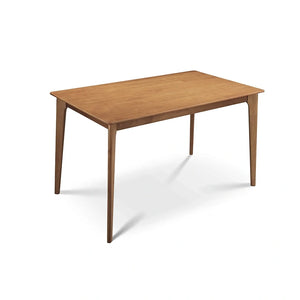
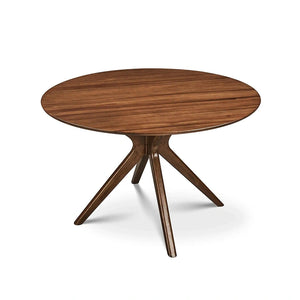
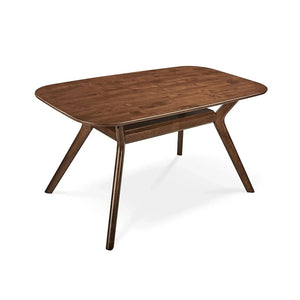
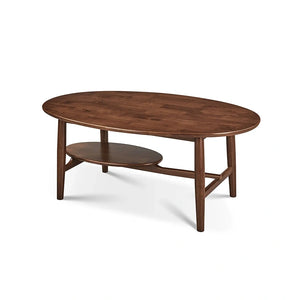
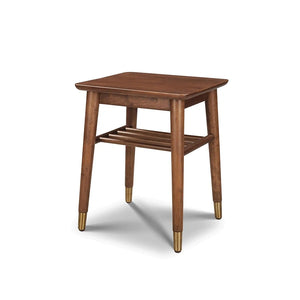
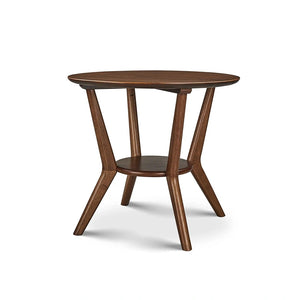
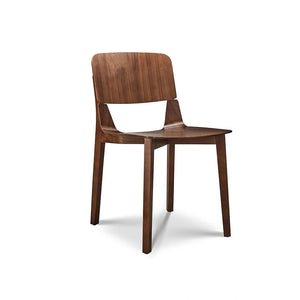
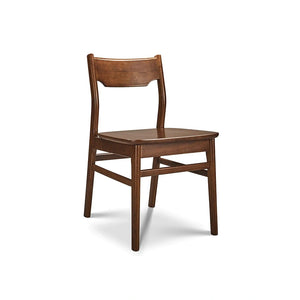
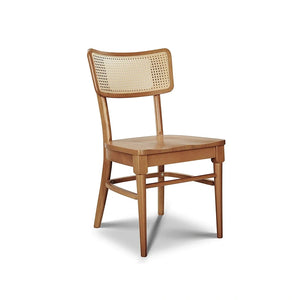



Comments (0)
There are no comments for this article. Be the first one to leave a message!